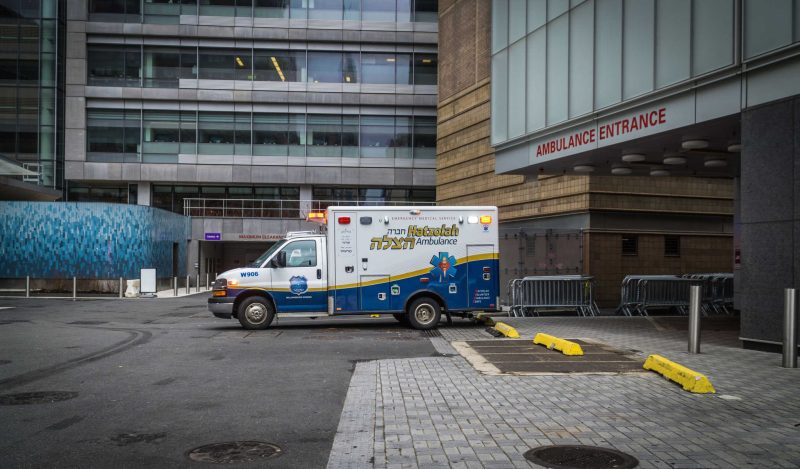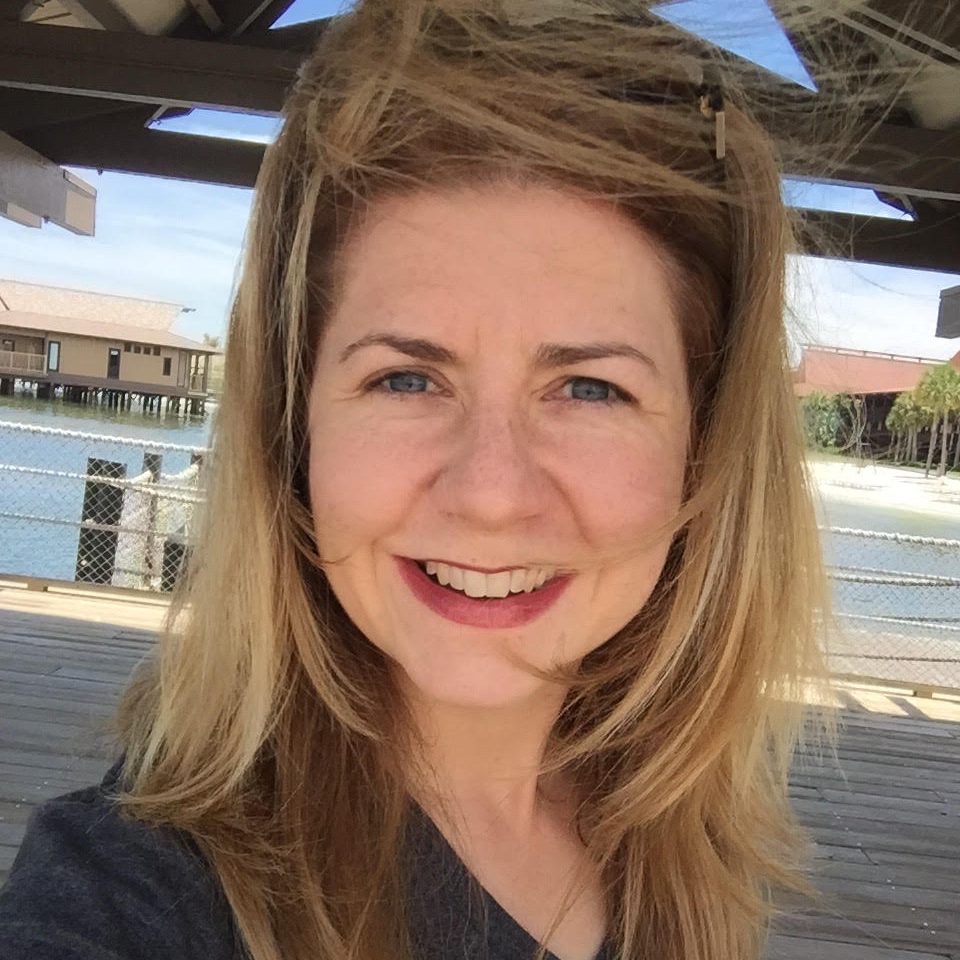Repeat after me: New York City’s emergency rooms were not overwhelmed by visits in spring 2020. In fact, they were busier during the 2017-2018 flu season than they were at any point between lockdown orders and January 2022’s “omicron surge.”
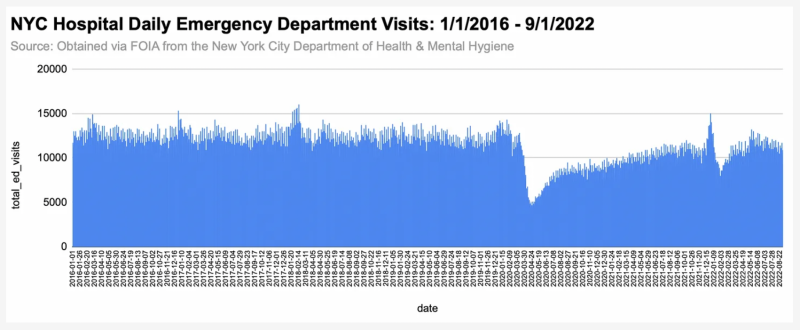

Data from the New York City Department of Health & Hygiene, provided via FOIA request, tell a different story from the one told by elected officials, news media, dancing nurses, and aspiring celebrity doctors.
Contrary to The Narrative, Governor Cuomo’s stay-home orders didn’t come “just in time” to save NYC’s healthcare system from collapse. They triggered a staggering 60%+ decline in the number of people coming or being brought to ERs. (NYC’s spring 2020 emergency visit decline was even greater than Chicago’s.) That’s a hard truth to handle given the city’s record high number of EMS calls and hospital, outpatient facility, and ER deaths in spring 2020.
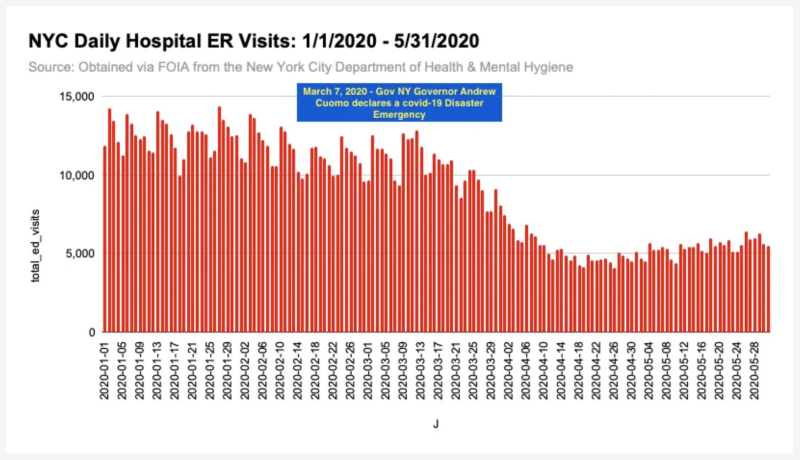

It’s likewise a hard, if predictable, truth to handle for those of us who were/are anti-lockdown.
- We remember how selected images of and video from NYC hospitals scaring people across the country about how dangerous covid must be.
- We remember being told, implicitly if not explicitly, that in order to avoid what was happening in New York, we must be content with Zoom church, screen school, carryout, and minimal in-person contact with humans outside our own household.
- We remember that anyone who questioned the wisdom of these directives – or wondered whether NYC hospitals were truly any busier than during a bad flu season – was a grandma killer. (Meanwhile, grandma was being killed by the very policies and protocols put in place to *save hospitals* and *slow the spread,* not only in the hospital and at the long-term care facility, but also at home.
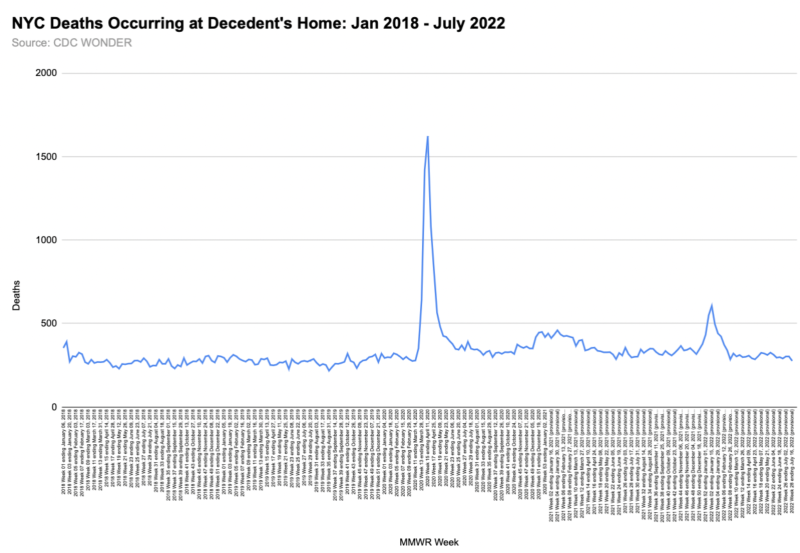

NYC deaths occurring at decedent’s home (all causes)
No one denies that thousands of New Yorkers died needlessly in March – May 2020. Now we know it wasn’t because the city’s ERs were overrun.
Republished from the author’s Substack
Join the conversation:


Published under a Creative Commons Attribution 4.0 International License
For reprints, please set the canonical link back to the original Brownstone Institute Article and Author.
